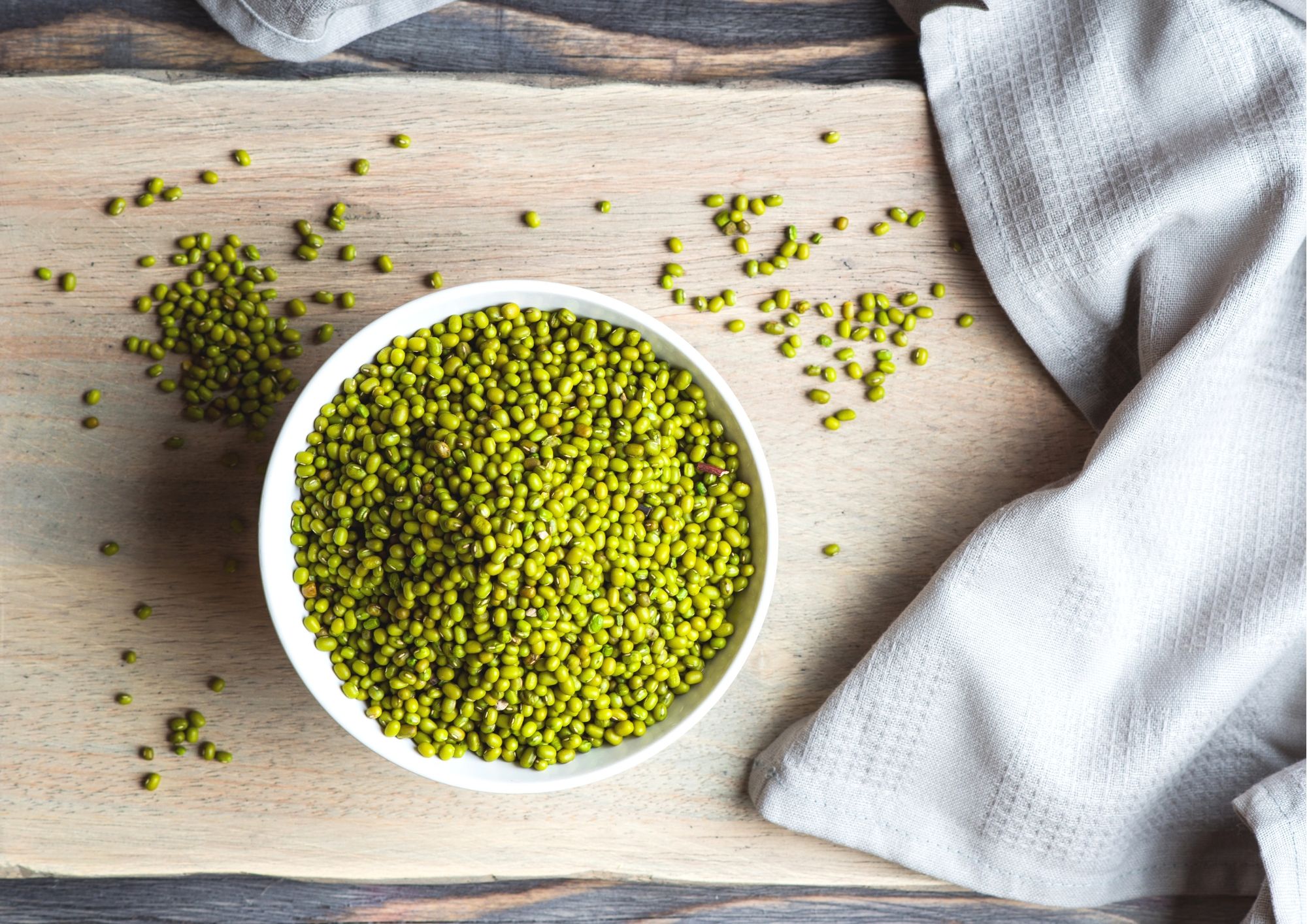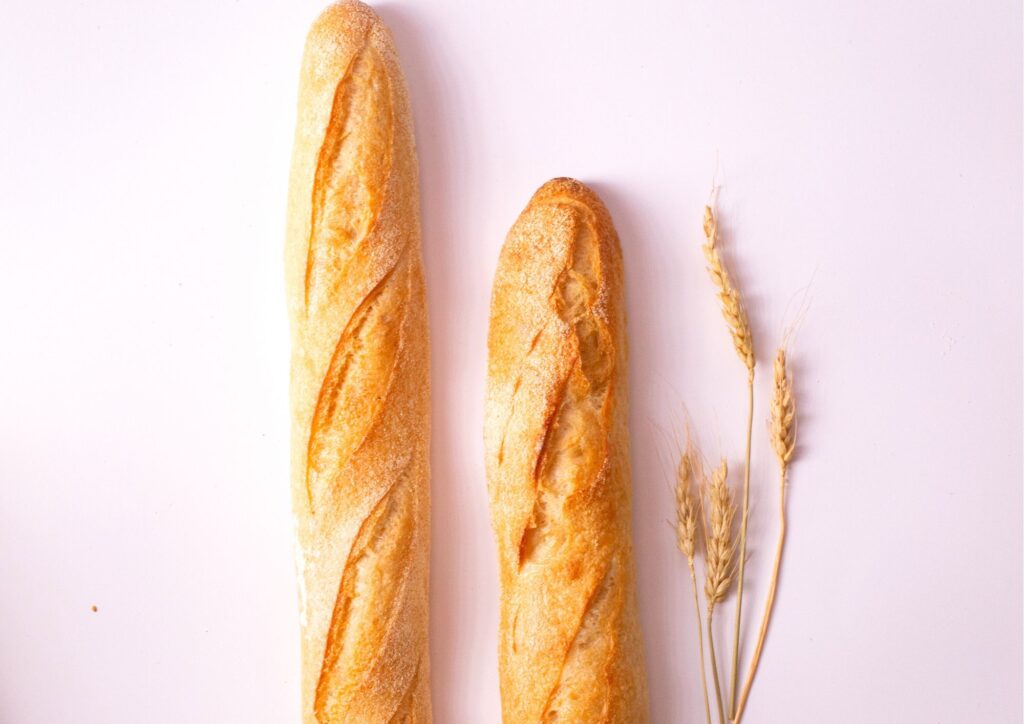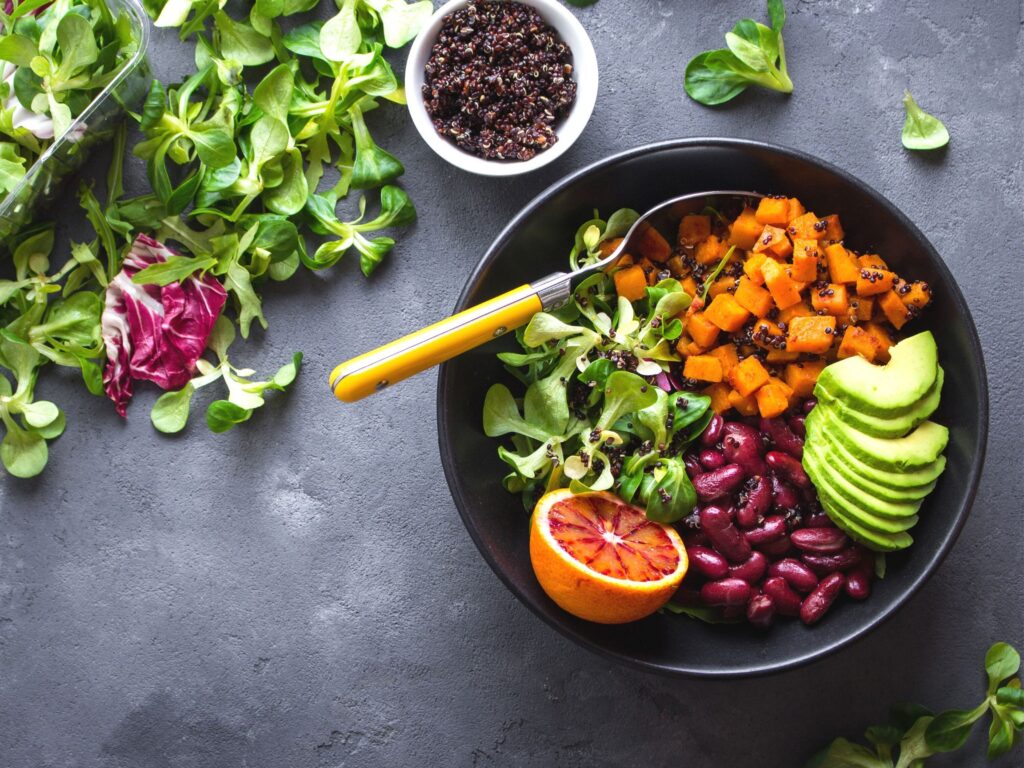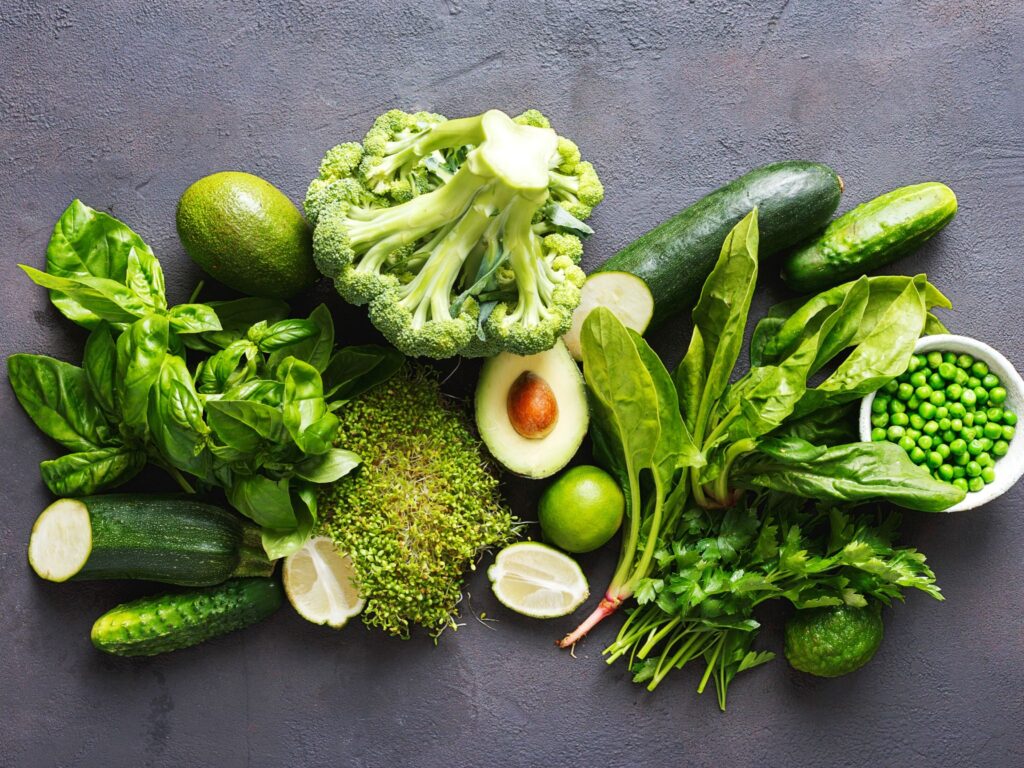A childhood treat that still bring us a nostalgic feeling and happy palate is a bowl of fresh mung bean ice, especially if we live in Southeast Asia region, where mung beans are practically used widely to create a delectable feast. Little that we care, the micro, sweet green beans are full of nutrients our body has been seeking for.
The first finding of mung bean was in the land of India before entering the whole Asia and landed in United States. The shape of these little beans is generally oval, with a variety in enjoying it. Indian cuisine often features the peeled and split mung beans while the sprouts and processed version are a star in Asian cuisine.
Little Giants
The main health benefit that most people recognize mung beans for is the ammunition it has for tackling heart disease. Human have been fed with LDL or bad cholesterol within a conscience ever since we knew solid food. Nobody can be sure of how big the impact of these LDL buildups in our blood vessels and how inhibited the circulation to the heart has become if we are relatively young. But in a long time, with the body natural deterioration by age, we possibly have put a down payment to cardiovascular disease.
Eating mung beans can prevent that image we mentioned from happening. Mung beans enter our system and work as an inhibitor to LDL oxidation. It trumps the free-radical our bodies have to face. Furthermore, mung beans content cleanses the endothelium or the inner lining of blood vessels from foam cells formation that cause arterial plaque.
Inside mung beans, there are also traces of peptides, a protein that widens the blood pressure from constriction that raises the blood pressure levels. The raise is caused by angiotensin-converting enzyme or ACE, but mung beans can calm this down. Another factor that contributes to the high risk of having cardiovascular disease is the lack of magnesium intake our body suffers. A cup of cooked mung bean has been shown to have as much as 97 mg magnesium.
Harm-free Sweets
Having to cool down around sweet tooth certainly wasn’t what we signed up for, unless we hate sweets (then again, nobody really does). But when diabetes is in the picture, sweets are restricted. But, it won’t be the case with mung beans.
Mung beans are among other organic sources of low glycemic index with the ability to slow down the rise in blood glucose level postprandial or after meal even better than grains. Slowing down in this part can be significantly important since the spike in blood glucose level may also cause spike in insulin level, posing a dangerous condition for diabetic people.
Late stage diabetes patients are prone to having a damaged kidney and eye retina. But by a constant consumption of healthy mung beans, the chemical reaction between glucose and protein that may damage kidney and retina is reduced thanks to the content of vitexin and isovitexin.
Another sweet fear is always revolved around obesity. When we’re on a healthy diet, including mung beans will provide our body with fiber and protein that are weight loss agents. Mung beans can give us a satiety hormone called cholecystokinin or CCK that gives us a fulfilled stomach trick. Eating mung beans gives a similar effect to following a low-carb diet.
If we have a cancer fear, mung beans are the delicious treats, sin-free, and full with anti-cancer cytokines, induced by the cytotoxicity content. This special content can lower the risk of having cervical cancer for women. What other cancer that mung bean is against? Breast cancer, also the so-called women disease like cervical cancer, is halted away with the rich phenol inside the mung beans.
Moreover, the fiber in mung beans can’t be undermined as only a weight loss factor because these mung beans can facilitate the bacterial fermentation in large intestine. The fermentation will result in butyrate that protects DNA and stop the blood supply to tumor, and this means a separation with risk of having colon cancer.
Start Living the Mung Beans Way
In order to choose the best quality of mung beans in the market, always pay attention to the texture and color. Mung beans at its best are dry with light brown color. Try breaking one of the mung beans, if it’s easy to be broken, then it’s still healthy.
Prepare the mung beans by crushing it separated from the lighter pods on a sieve. Choose the brighter color to be cooked and walk away from any spotted mung bean. Continue to prep it by boiling mung beans in water before making it into soup or curry. Drown them first for an hour before putting it on heat and watch as it disintegrates.
For sprouting the beans, soak them first in cool water for 8 to 12 hours and let them dry out under the sun in the sprouter. Rinse it with water every other day, once or twice, for 2 to 6 days to grow the sprout.



